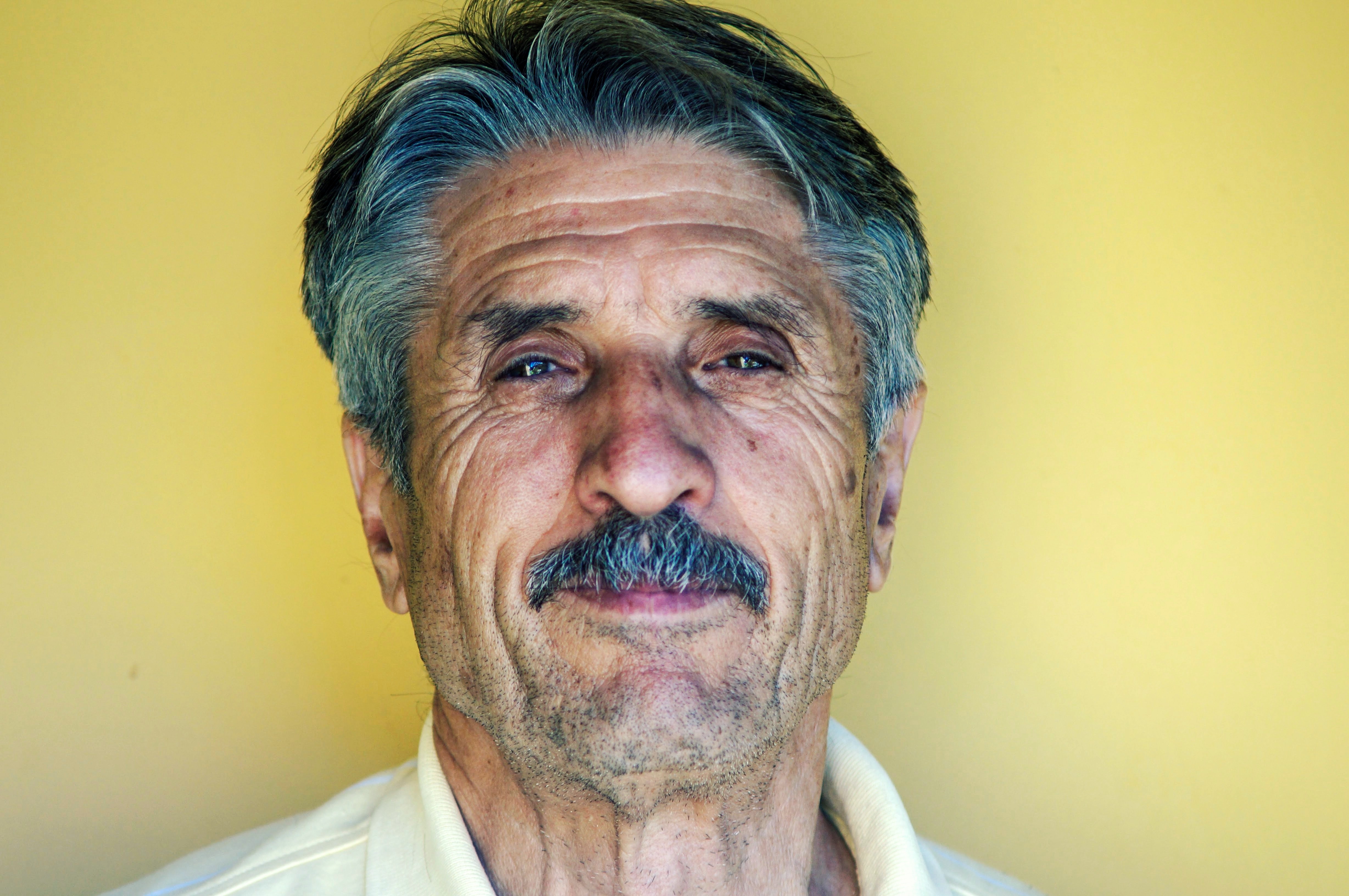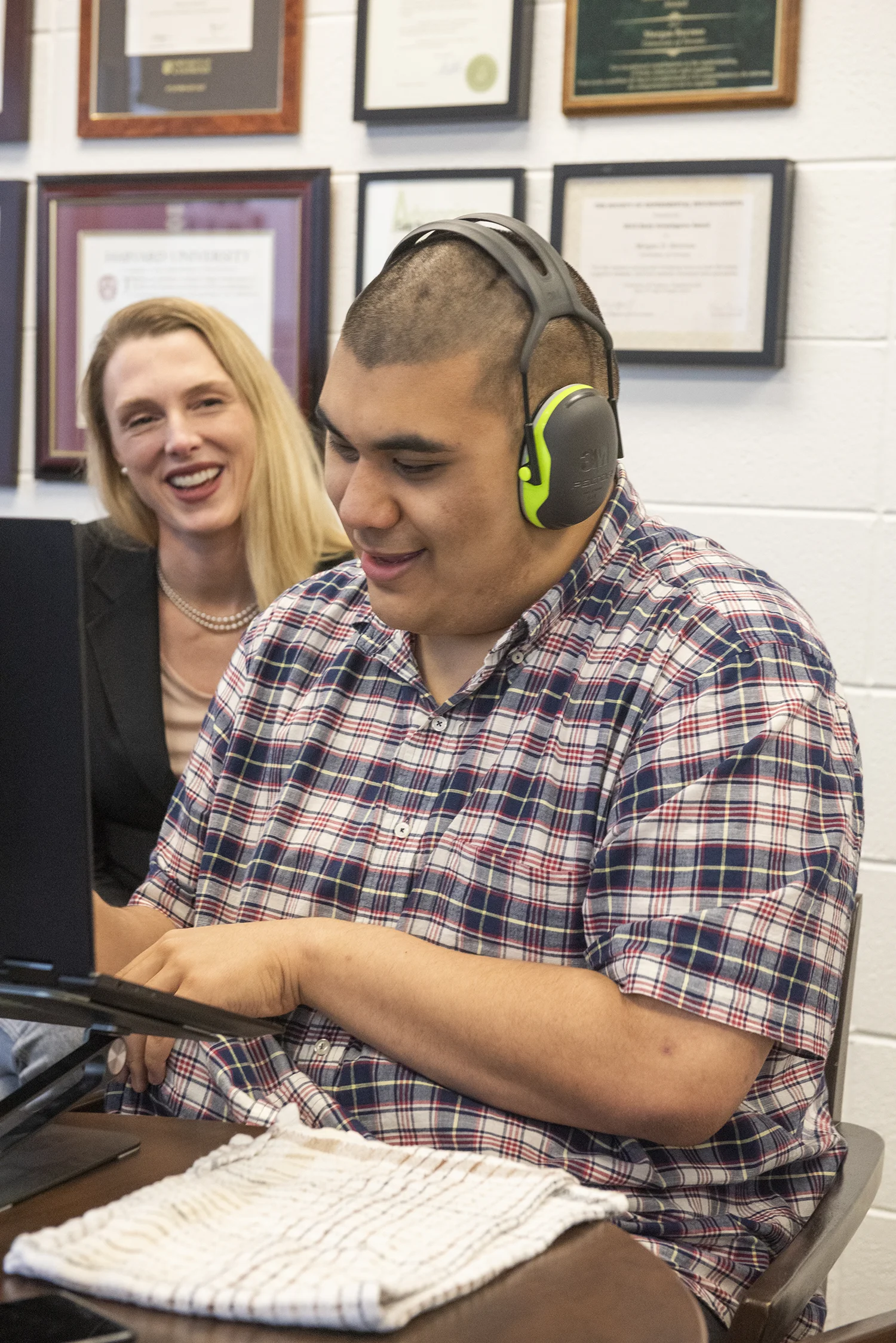Japanese volunteers were able to quickly discern age differences in faces compared with volunteers from China and North America. This could be because their language and culture require careful attention to the age of the person they are speaking to. Chinese makes fewer linguistic distinctions based on age, and English makes none at all.
Kang Lee, professor of human development and applied psychology, and doctoral candidate Gizelle Anzures conducted the study with colleagues in Japan and China.
Researchers used a computer to generate 21 versions of a face that appeared anywhere from childlike to middle-aged. Volunteers, all of whom were young adults, sat at a computer screen and were presented with pairs of these faces, and asked to indicate which was older by pressing a key.
Volunteers in Japan were significantly faster at judging the relative ages. The researchers suggest this is because in Japan, the language and manner you use when speaking to someone else strongly depends on their age. Older people are spoken to with respectful language, younger people are spoken to more bluntly, and people of your own age are spoken to casually.
Chinese volunteers weren’t as fast, although they were better at judging older faces than younger ones. This might be because their language has a special second-person pronoun that must be used when addressing an older person. North Americans were slowest at judging all ages of faces.
To ensure that the Japanese volunteers didn’t simply have faster overall reaction times, the researchers looked at how well volunteers did when the age difference between faces was extremely obvious — when the very oldest and very youngest faces were presented. When the difference was this obvious, the Japanese did no better than anyone else. So their speedier reactions do seem to be because of a finer grained perception of age differences.
To avoid problems with cross-racial face recognition, the faces used were Asian, and the North American volunteers were all of Asian descent.






